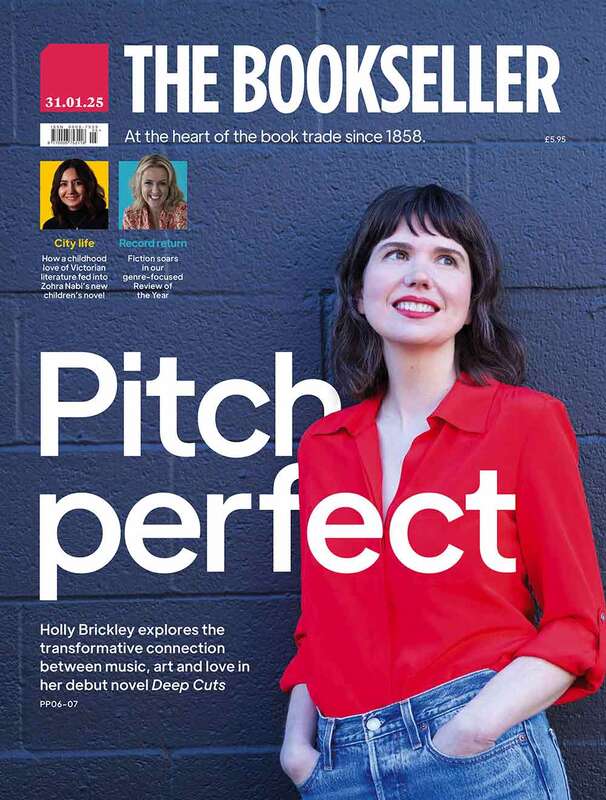You are viewing your 1 free article this month. Login to read more articles.
Office essentials
One year on from being sent home from our offices, from bookshops being shuttered and library buildings closed, from high streets becoming deserted, schools curtailed, and public transport locked down, we are once again being asked to think about how we reopen, and return to a new normal.
One year on from being sent home from our offices, from bookshops being shuttered and library buildings closed, from high streets becoming deserted, schools curtailed, and public transport locked down, we are once again being asked to think about how we reopen, and return to a new normal. In fact, there is scarcely a more important question facing us all now. With cases in retreat, schools back,and non-essential retail on the cusp of reopening, how we re-trace our steps back to our desks is pivotal to what happens next in the sector.
Every chief executive or leader I’ve spoken to over the past few weeks is now thinking about what a return to the office looks like, and yet few are certain about what approach is likely to work best, or whether dates can be set around a plan. In my interview with the newish DK chief executive Carsten Coesfeld, he says he sees a hybrid return, with some staff settled in their new home offices. In that respect, he follows Bonnier Books (among others) in signalling that any return will likely come with it a new commitment to flexibility that will be welcomed. All the big publishers are centred in London, but it is clear now that their staff need not be, and if this becomes part of the new normal it could genuinely open up the sector to a more diverse workforce.
There is also an international perspective: we have always laboured under the impression that publishers needed to move around and meet colleagues or authors from across the world in order to create the necessary friction for tomorrow’s leftfield bestsellers. The importance of these spontaneous conversations that have always been a welcome byproduct of the trade fairs and parties we have attended with such gusto is one of the prevailing myths about the publishing business. Yet, sad though it is to confess it, I’ve always suspected that what really drove the idea was the socialising, not the business. In fact, I wonder now if it was less about the meetings and more about the attitude, and that a more environmentally friendly approach may now become a better (if less fun) alternative.
I don’t underestimate the effort, as Coesfeld suggests, that is needed to “re-create the moments of togetherness” online. Yet if running an international business with offices in London, India, New York and Beijing suddenly becomes less a challenge of stamina, and more one of head space, then we might chalk that up as a positive. Similarly, in this scenario the odds of James Daunt running two successful book chains on either side of the Atlantic from one location, look, from my sedentary position, likelier.
This week we launched a survey to take the trade’s pulse as these decisions loom ever larger in our minds, and we will release the numbers next week. Preliminary results suggest a mix of nervousness and optimism, as Zoom-fatigue wrestles with concerns over another wave of the virus. Pre-pandemic, offices were seen as essential, neutral spaces that enabled us to be our best selves. But as I said two weeks ago, none of us are immune from what we’ve lived through, many of us have been changed by it, and all of us have a stake in what comes next.





